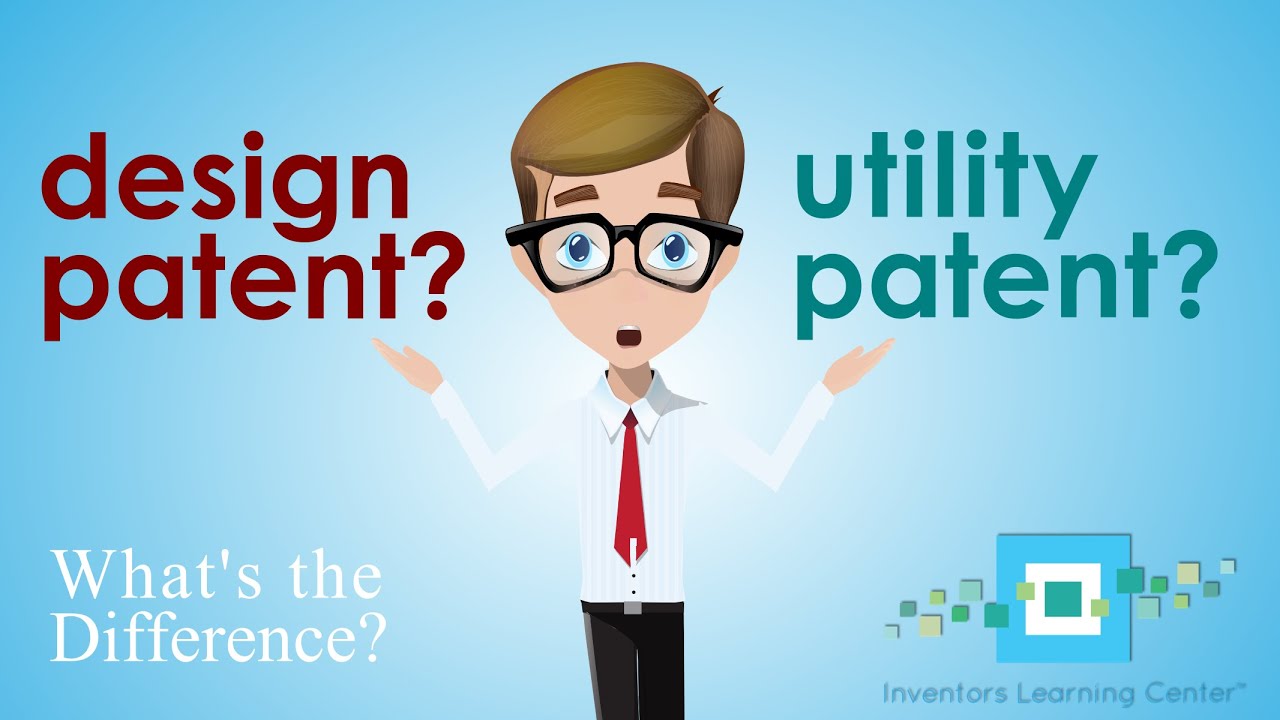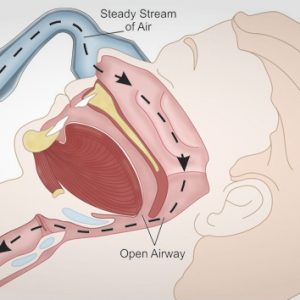A design patent search hong kong https://www.accoladeip.com/us/en/trademark-search/ protects the ornamental appearance of a product, such as its packaging, fonts, and icons that appear on computer screens. It is a quick and inexpensive way to stop competitors from copying the look of your patented invention.
The United States Patent and Trademark Office issues design patents, which last for 14 years from the date of filing. They do not require maintenance fees.
The process of obtaining a design patent
Obtaining a design patent involves filing an application with the United States Patent and Trademark Office. The application must include a title, description, and claim. It should also contain illustrations of the design and a data sheet.
A design is eligible for a design patent only if it is new and unique. It should also have individual character.
When a design is patented, the owner can prevent others from making, using, or selling an article that is similar to it. This includes a product that is so resembling the patented design that an “ordinary observer” might buy it, thinking it was the patented product.
In most cases, the process of obtaining a design patent is relatively easy and less expensive than obtaining a utility patent. However, the number of design patent applications that are granted can be low.
The requirements of a design patent
A design patent search hong kong requires a complete set of drawings that clearly describe the invention. These drawings should be prepared by a draftsperson who is experienced in US design patent practice.
The drawings should include a front view, rear view, right and left side views, top and bottom views, and perspective views. Normally, these views are not required to disclose functional features or interior structure.
Alternatively, an exploded view of the object should be included in the drawing disclosure to better convey a three-dimensional appearance of the object. The exploded view should be accompanied by a bracket that clearly shows the association of elements.
Different jurisdictions have different unity of design requirements and functionality requirements. Some have strict rules that limit design patent protection, whereas others are expansive and allow for connected rights.
The benefits of obtaining a design patent
Design patents are rapidly becoming a key asset for technology-driven companies, especially in highly competitive markets. This is because they allow a company to protect its product’s visual appearance and can help it stand out from the crowd.
The first benefit of obtaining a design patent is that it gives a company an exclusive right to the design for 15 years from the date of grant. Compared to utility patents, which last for 20 years, this gives a company much more protection from infringement and a higher value to their design.
Another benefit is that design patents can also be used to prevent copycat products from being made. If a competitor copies the design of your product, you can take legal action to stop it and seek damages for any losses suffered as a result of the infringement.
The design patent system and requirements differ from country to country. In the United States, design patents are obtained through a process similar to utility patents. However, a design patent application typically issues much faster and does not require maintenance fees like utility patents.
The costs of obtaining a design patent
One of the most important things to understand about obtaining a design patent is that there are many costs involved. This includes filing fees, search fees, examination fees, and attorney fees.
The basic filing fee for a design patent application is $760 for large entities and $380 for small entities. If you hire a patent lawyer to prepare the documents, the costs could be $1,500-$3,000.
When a design patent is granted, it has a life of 15 years from the filing date. After this period, the design enters into public domain and anyone can copy it without violating the law.
Another cost to consider is maintenance fees. Utility patents require maintenance fees after the grant to ensure they stay active.
Another mistake that can affect your ability to file a design patent is failing to submit it within the required 12-month window. You don’t want to waste time putting together the paperwork and then miss the deadline by a few days.
If you would want to learn more information about Accoladeip, visit our website.




